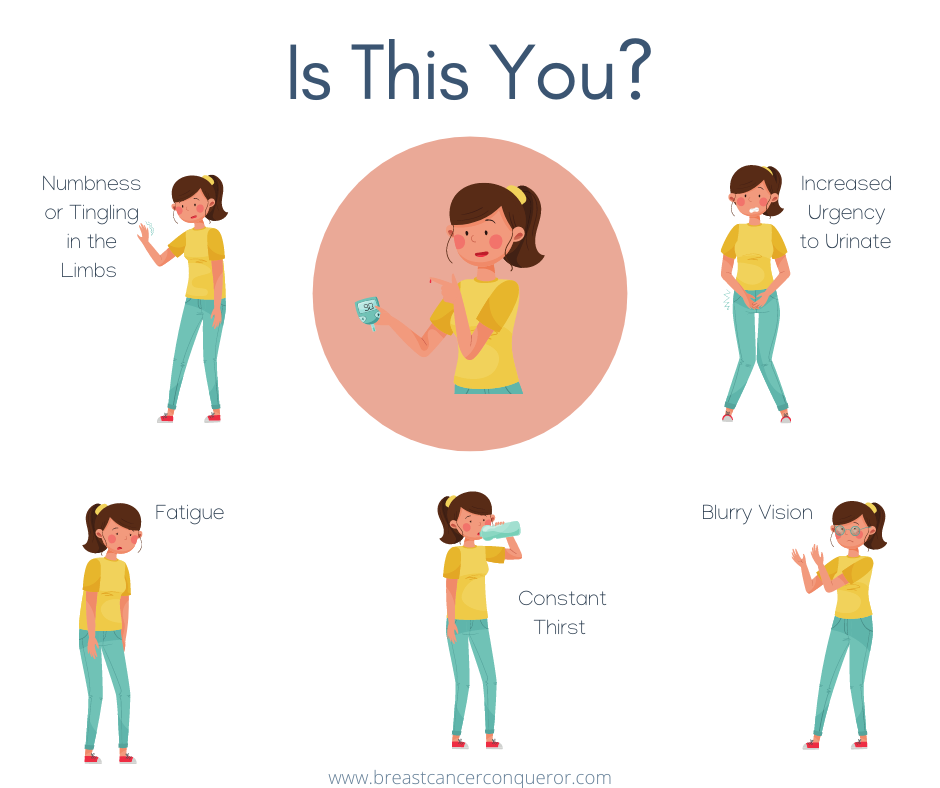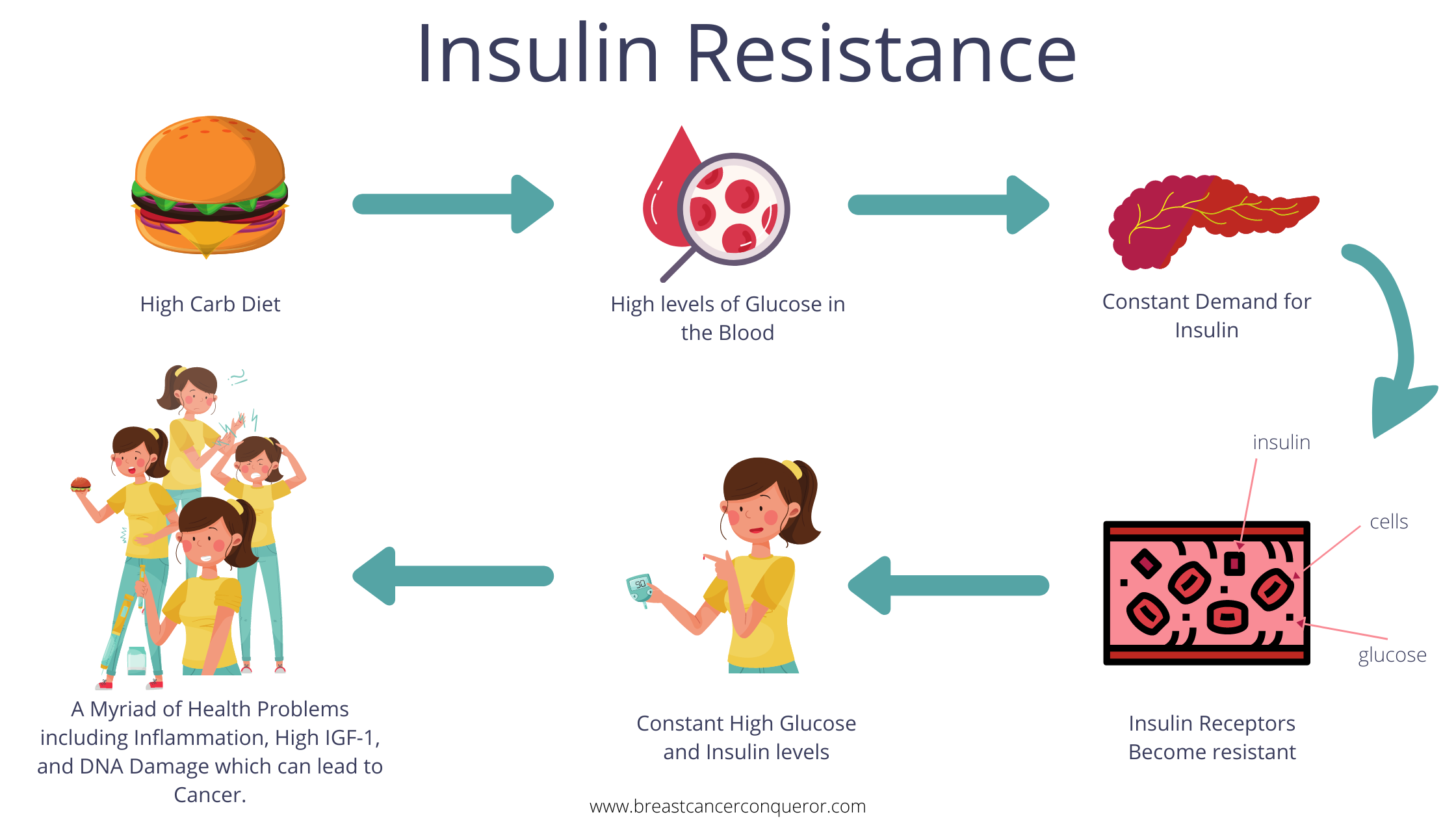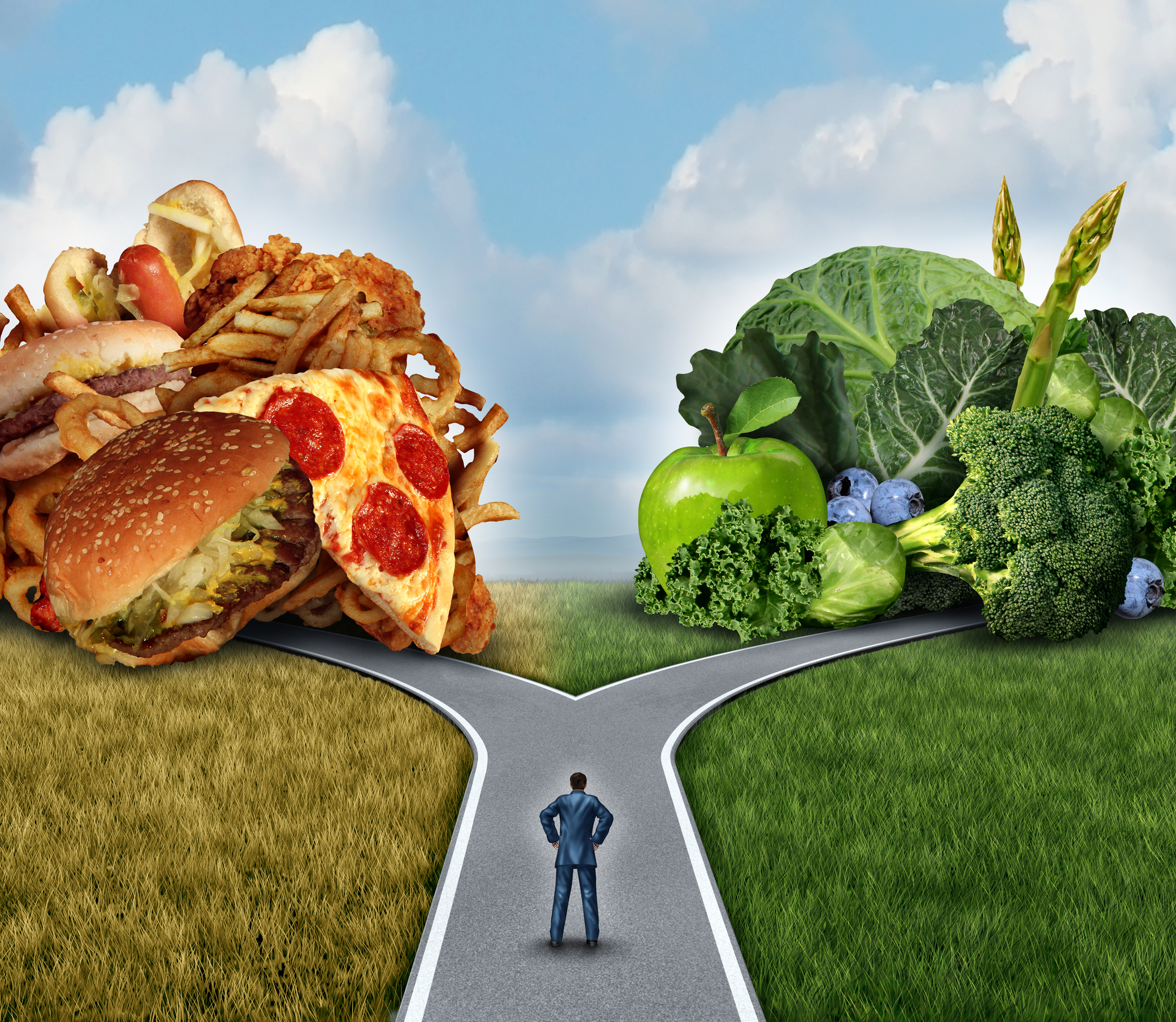
There is a direct connection between Type 2 Diabetes and cancer that most people are aware of. But what about insulin resistance? What exactly is this condition and can having it affect your changes for Breast Cancer?
What is Insulin Resistance?
Insulin resistance is also known as pre-diabetes or metabolic syndrome. The basic definition of this condition is when the body can still respond to the insulin that is made in the body but it is not responding with 100% accuracy. For most people, the result is consistently high blood sugar levels as well as circulating insulin levels in the blood.

The most common symptoms of insulin resistance are:
-constant thirst
-increased urgency to urinate (and to urinate more often)
-tingling or numbness in the limbs, also known as neuropathy
-blurred eyesight
-fatigue
-constant hunger (even after eating)
-frequent infections
A 2017 U.S. Center for Disease Control report found that roughly 85 million Americans currently have pre-diabetes. That represents about a fourth of the U.S. population, and odds are that the number is much higher. Insulin resistance will result in full-blown Type 2 Diabetes in about 50 % of those who were first diagnosed with pre-diabetes.
These scary statistics mean that pre-diabetes is no joke. It is a serious condition that can lead to diabetes and other “dis-eases”, including Breast Cancer.
The Insulin Resistance-Breast Cancer Connection
A 2012 study conducted at the Magna Græcia University of Catanzaro in Italy found that those with pre-diabetes had a higher risk for not only getting Type 2 diabetes but also for Breast Cancer as well.
Insulin resistance is connected to a higher risk for Breast Cancer on a few fronts:
#1 Increased Inflammation.
First of all, those who have pre-diabetes will almost all have systemic inflammation in the body. Did you know that inflammation that is long-lasting and systemic (i.e. occurring throughout the whole body) is actually the common factor for just about every chronic disease out there? According to the “inflammation theory of disease,” inflammation plays a huge role in cancer development as well.
#2 Higher IGF-1.
I have written before about the substance called IGF-1, or insulin-like growth factor. IGF-1 is connected to blood sugar levels. Science now knows that high IGF-1 levels can lead to hormonal imbalance, especially the overstimulation of aggressive reproductive hormones like estradiol. Higher circulating insulin levels can create hormone imbalance as well.
#3 Higher ROS Levels.
Research has also found that metabolic syndrome is linked to more production of a substance called ROS, or “reactive oxygen species.” Another word for ROS is a “free radical.” Too many free radicals in the body can cause DNA damage and cancer.

What Can You Do About Insulin Resistance?
If I and millions of other people who have suffered from metabolic syndrome can turn their situation around naturally, then so can you!

Conventional medicine oddly declares that there is “no cure for insulin resistance.” At the same time, these same experts agree that insulin resistance is directly caused by diet and lifestyle. In particular, metabolic syndrome occurs when a person consistently eats a high-sugar, high-carbohydrate diet. Pre-diabetes is connected to obesity and chronic stress as well.
So if insulin resistance is linked to poor lifestyle and diet choices, wouldn’t it make sense that it may be able to be turned around by making the right lifestyle and diet choices for health? Makes sense to me!
Here are three things you can do RIGHT NOW to turn insulin resistance around
#1 Eat an organic, low-sugar, whole-foods diet.
The foods you eat will break down into glucose which will eventually convert into energy in the body. What you choose to put on your plate really does matter for that process. Simple carbs like cakes, pies, candy, ice cream, most bread, pasta, and potatoes—as well as high fructose fruits—will break down and enter into the bloodstream quicker than complex carbs, proteins, and healthy fats will. It doesn’t take much of these kinds of sugar-ladened foods to overwhelm the body.
“Fast sugars” take a toll on the pancreas and will eventually wear down insulin production. Also, keep in mind that cancer cells have many times more “cellular receptor sites” for sugar than healthy cells.
A healing diet for someone with insulin resistance will be filled with lots of organic, non-GMO whole foods such as green vegetables, healthy sources of animal and plant protein, and solid non-GMO sources of Omega 3 fatty acids like nuts, fish, and avocados.
#2 Up Your Exercise!
We’ve already discussed the connections between insulin resistance and Breast Cancer. Being overweight has a part to play in both. A 2017 meta-analysis led by Gazi University in Turkey looked at obesity rates and insulin resistance and found a “causal relationship” between the two.
On the other hand, studies show that getting in some movement every day can not only lower inflammation and help the gut. It can also be of great benefit for diabetics and can lower the risk of Breast Cancer. A National Cancer Institute-sponsored study found that “(w)omen who engaged in regular physical activity before their cancer diagnosis and after treatment were less likely to have their cancer come back … compared with those who were inactive.”
#3 Use natural supplements to help balance your insulin.
There are many herbs and herbal formulas out there that can help balance insulin. Perhaps the most powerful is Berberine. Berberine is a phytonutrient that is found in many common plants such as goldenseal, Oregon grape, and tree turmeric.
Berberine has the ability to stimulate an enzyme called AMP-activated kinase, or AMPK. This is a very important substance since part of their job is to regulate how cells use energy.
Get Key Tests for Insulin Resistance…Then Get Going on a More Vibrant Life!
Another key step for many people is getting the tests done that can help them know more about your situation. C-Reactive Protein, IGF-1, and vitamin D are key ones. These tests are easy and simple to get through your health professional or on your own.
Now here is a little personal note about insulin resistance. When I was going through my second healing journey, I realized that I was actually insulin resistant! Learning how to balance insulin levels by making small yet significant changes in the way I was eating and living my life was a huge part of how I was able to turn the situation around.
November is Diabetes Awareness Month. Now that you have the “facts,” be sure to use them to your advantage. Insulin resistance can be turned around. Changing your diet and lifestyle so that they fit your Healthy Breast journey takes work and diligence, but the pay-off of vibrant health and energy is so worth it!